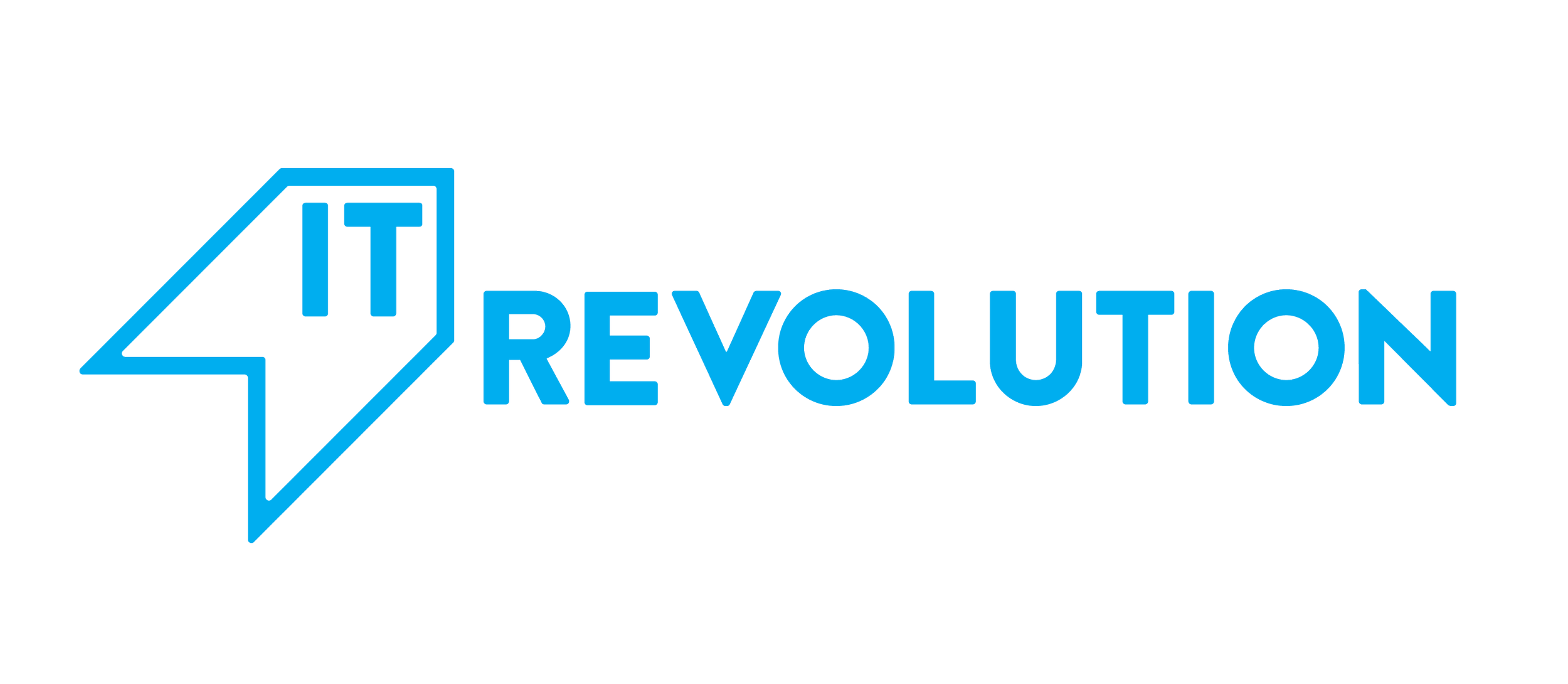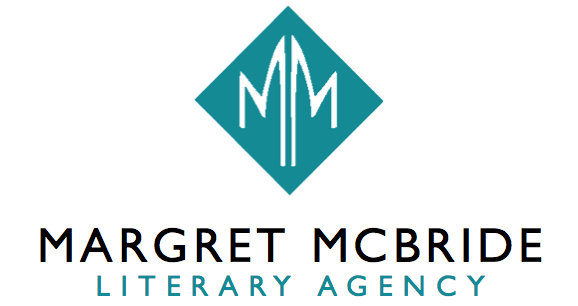Business Book Ghostwriter for Experts and Entrepreneurs
Hi, I’m Derek Lewis
I specialize in helping people write business books because I believe in the potential that business books have to change people’s lives for the better.
Take The Introvert’s Edge by Matthew Pollard for example. Matthew’s unique approach to helping introverts sell has helped thousands of people, from B2B salespeople to self-employed professionals. Or Redesigning Capex Strategy that’s helped multibillion-dollar global enterprises make better capital allocation decisions, resulting in higher GDPs while reducing companies’ carbon footprints. I ghostwrite and collaborate on books that matter. Like yours.
If you’re like my typical client-author, you’re a business owner, founder, or entrepreneur.
You’ve been in your profession for 20-30 years and had your own business for a decade, if not longer. You’ve amassed a wealth of experience, knowledge, insights, and advice over the years and, more than likely, have created some type of unique approach, process, or methodology to share with others. The problem is that it’s not something other people can fully understand and appreciate in a 30-minute meeting or a 45-minute presentation. To do your ideas justice really takes a full-length book.
Take, for instance, The Billion Dollar Paperclip. Author Greg Short is at the forefront of contextual analytics, a way to better understand enterprise companies’ Big Data. There’s no way his audience could grasp the technical information they need to know in just a few minutes. To see the importance of contextual analytics—and, more importantly, the power—requires a whole book.
Here’s Why You Haven’t Written Your Book Yet
Most of my client-authors are fine writers in their own right. They don’t Google “business book ghostwriter” because they need someone to help them put two sentences together. They work with me because they need someone to help them get all their years’ worth of ideas and experiences out of their head, organize and structure it in some fashion, and present it in a way that makes it intriguing or even entertaining.
Does this sound familiar? You get excited about your book idea, schedule time to write it, then when the time comes, you sit down at your computer, open up Microsoft Word, and…sit there staring at the blank page with the blinking cursor. Despite all your years of observations, when it’s time to write your book, you go completely blank. If you do manage to get past that wall, you get about a quarter or so of the way through the writing before getting so wrapped up and mixed up that you don’t know which way is up.
The vast majority of business authors I’ve consulted, counseled, or consoled take the wrong approach to writing their business book, one I call the “High School Paper Approach.” Where you decide on your topic, make a thesis statement, do some background reading, make a bulleted outline, and then write according to plan.
Books aren’t quite as easy. They are too long and too unwieldy to completely wrap our heads around. They say if you want to fully understand something, write a book about it. So, even as you write, the book evolves into something greater than you originally envisioned.
If you were writing a novel, you’d expect to go through the creative process. Multiple drafts, rewriting early characters, introducing plot twists and foreshadowing. You can see the writer at their desk with papers strewn all over the floor and taped to the walls.
We expect writers to do this kind of thing because we see them as artists. We intuitively know that they don’t start at “Once upon a time” and write the novel straight through to “And they all lived happily ever after.”
Why Writing Business Books Isn’t Different From Writing Others
But for some reason, most people don’t think of approaching business books the same way. When it comes to nonfiction, it’s supposed to be “just the facts, ma’am.” Since it’s factual or experiential information, people expect to be able to recite what they know and lead the reader through a logical thread to its conclusion.
You can’t write a business book like you would an article or a report. It's a book, and you have to approach it like one. That’s where my 5-Step Ghostwriting Process comes in.
My 5-Step Ghostwriting Process
I’ve been a business book ghostwriter, consultant, collaborator, co-writer, editor, and/or co-author since 2009. I’ve made just about every mistake there is to make. While I’d love to take full credit for my 5-step Frankendraft™ process, the truth is that after weeding out everything that doesn’t work, my process is what’s left. You know, the stuff that actually works. The evidence is the few dozen books I’ve ghostwritten and the happy client-authors behind them.
-
We kick off our collaboration with an author retreat where we sequester ourselves away for three days. On Day 1, you’ll have the floor. You’ll talk about everything you’ve been thinking about, your ideas for the book, your subject matter expertise, stories you’ve collected over the years, the insights you’ve arrived at, and whatever else your unconscious mind feels is important. I’ll prompt with clarifying questions, but the first day is primarily a brain dump—getting it all out of your head and onto the recorder.
The morning of Day 2 continues the stream-of-consciousness conversation, though with more questions and prompts from me. In the afternoon, we begin working through the exercises I’ve developed after working with business professionals like you for years.
Day 3 begins with going deeper on the previous day’s exercises and arriving at some working decisions. In the afternoon, we arrive at an epiphany and it feels like the book suddenly coalesces. With that lens and the working decisions from the exercises, we finish the day with creating a working structure of how we think your book will come together.
-
I return back to my office (the Madhouse) and begin working through the hours’ and hours’ worth of transcripts from our 3-day retreat. My chore here is to superimpose all of our conversations onto the working structure.
At the same time, we begin working on the sketch. You could think of it as the book in miniature. Each chapter will have 1-3 pages of writing. Some of that writing will be snippets from our conversations such as an explanation of a particular topic or a memorable story. The rest of it will be a summary of what’s going to go in that chapter and its aims.
The sketch accomplishes two things. One, it gives us a deeper understanding of how the content of the book will flow and begin fleshing out the working structure. Two, it gives us a chance to begin finding your voice for the book. Should the writing sound conservative? Casual? Edgy? By working on these early snippets, I can get a better idea of how you present information and what your vision is for how the book should sound.
The purpose of the sketch is not to have a fully functioning outline. Like an artist who does a few quick pencil sketches before picking up a paintbrush to begin their masterwork, the book sketch gives us a better idea of how the full manuscript will look. Once I feel comfortable with the new working structure and capturing your voice, it’s time to move into the “real”ghostwriting.
-
This is where I’ll ghostwrite a chapter, get on a Zoom call with you, share the document, and we read through the chapter together. You’ll tell me what you like and don’t like, what sounds like you and what doesn’t, where I misunderstood what you said, where you have ideas for new content, and all the rest of the feedback you have for me.
I take all of that and mark everything you said—but I don’t edit it—so that your words are preserved, and then ghostwrite the next chapter. From there, we get on a Zoom call and go through the whole new chapter review.
Why don’t I go back and edit the chapter I just finished? Because we’re most likely going to toss it out anyway. You see, the purpose of the Frankendraft is to get the book chapters ghostwritten as quickly as possible. As I wrote in my own book, The Business Book Bible: Everything You Need to Know to Write a Great Business Book, you have to write your book before you know what you’re writing about.
That sounds crazy…until you remember that we’re not writing a high school essay. We’re writing a book that just so happens to pertain to business. Like any book-writing project, the first draft is simply that: the first of many.
-
I also say in my book that “there comes a point when the book begins to write itself.” It’s never failed in all of my book collaborations that somewhere towards the end of the Frankendraft that there’s a bolt of lightning that strikes us and we suddenly understand what the book’s really about.
With change management consultant Dr. Karin Stumpf, the book was originally about her change management methodology. But about three-quarters of the way through the Frankendraft, I said, “Karin, all your stories and advice really center around leadership. I don’t think this is a change management book. I think it’s a change leadership book.”
She said, “Hmm, I’ll have to think about that.” Two weeks later, she came back to me and said, “You’re right. It is a leadership book. What do we do now?”
I’ll tell you a writer’s secret: For those of us born with the talent, and especially those of us who’ve honed the talent, writing is not difficult. Knowing what to write—that’s the hard part.
When that bolt of lightning strikes, we can clearly see how everything in the book will come together. In Karin’s case, we quickly finished the Frankendraft and immediately dove into Step 4, The Rewrite. This is where, more often than not, I go back to the beginning and rewrite the entire manuscript from scratch. For me, that’s easier than heavily editing all our writing up to that point. Plus, it makes for a better product. It’s like starting with a clean slate and a clear vision.
Then we start going through manuscript iteration cycles where we flesh out chapter 2 more fully or do a substantive edit on part III of the book. We do multiple passes on the book until we feel like it’s everything it should be.
After that, you’ll give your manuscript out to 2-5 “alpha” readers, people you explicitly trust who’ll read the book and who are invested enough in your success to give you honest feedback. We don’t need a friend saying, “Good job! Loved it.” We need people who’ll help us make the book better, not just pat us on the back.
I suggest at least one person be from your personal life, such as your significant other or a best friend. Because they’re not subject matter experts, they’ll be reading the manuscript from a general readership point of view. We want them to make sure your book is presenting you in the best light and that you sound like yourself.
By the same token, you should have at least one person from your professional life review your baby. They may point out a content gap or alert you that a certain term is a trigger word with baggage in a specific industry. We want them to give us feedback on the content and structure of the book.
-
This step is straightforward. Ideally sitting side-by-side, we’ll do an out-loud read-through of the manuscript from start to finish. Usually, this entails me doing the reading so you can focus on processing the words. We’ll decide whether to keep, cut, or otherwise address all the feedback from your alpha readers even as we go through the whole book, word for word. We want to make sure that everything makes sense, that it sounds like you, and that it’s as succinct and punchy as possible.
Publisher portfolioYou have unique insights, experiences, and expressions no one else does. You and you alone know how to apply what you’ve learned, and the world really does need what you know. I would love to hear about your business book and explore how I may be able to help.
























